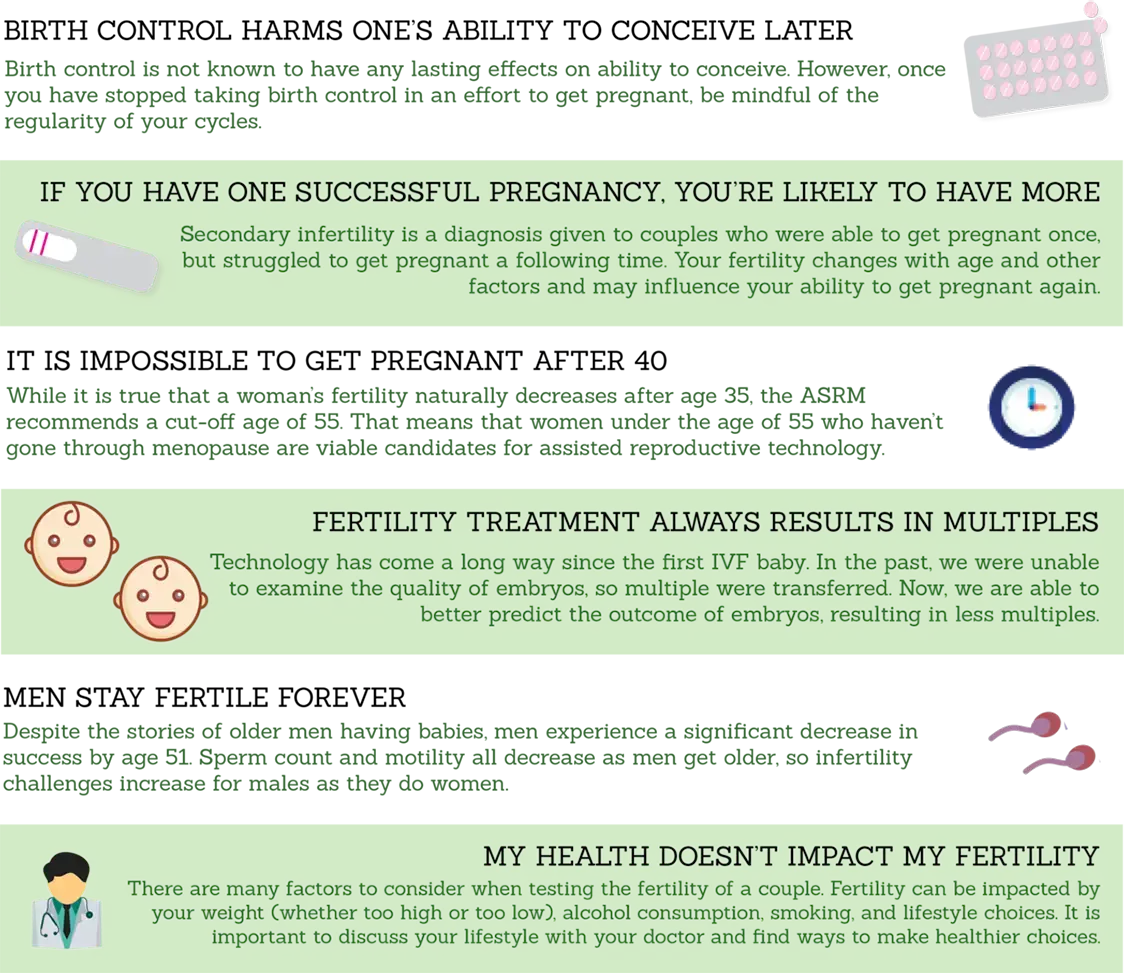What is Infertility?
what is infertility?
Infertility is much more common than once believed. In fact, approximately 15 percent of couples will experience infertility at some time in their reproductive lives. This figure is difficult to establish because many couples facing infertility do not seek medical advice. Fortunately, public awareness has increased dramatically in recent years, leading more couples to seek care sooner.
There are numerous fertility tests to rule out the causes of infertility.

The road leading to the conception and delivery of a healthy baby involves multiple physiologic processes:
The husband must be able to produce sperm and deliver the sperm into the vagina. The sperm must swim through the cervical mucus and into the uterus. Poor quality sperm, or decreased sperm counts, can lead to male infertility. Fortunately, today ICSI is available to help couples dealing with male infertility conceive.
The cervical mucus must be the right consistency to allow sperm to swim freely. The mucus must also contain nutrients to support the sperm. Cervical factor infertility results when the cervical mucus is inadequate.
Once the sperm reach the fallopian tube, one must be capable of penetrating the egg’s membrane (zone pellucida) and undergo successful fertilization.
The sperm and egg must be genetically normal. Even in healthy, young, fertile men and women, there is occasionally an abnormal gamete.
A woman has to ovulate. This step involves the brain’s ability to send chemical messages (FSH) to the ovaries to stimulate the growth and maturation of a dominant follicle. At the time of ovulation, a mature egg is released from this dominant follicle. Fertility drugs often are used to regulate or stimulate ovulation.
Once the egg is ovulated, it must be picked up by the ends (“fimbria”) of the fallopian tube. Infertility can result when the tubes are damaged or blocked by conditions such as endometriosis, surgical scarring, or prior infection. The HSG fertility test documents tubal patency.
During an ovulatory cycle, the endometrium must thicken under the influence of estrogen, and then mature under the influence of progesterone. This increased vascularity is needed to support a developing embryo. The underdevelopment of the endometrium can be caused by a luteal phase defect, which can usually be corrected by administering progesterone.
After ovulation, the remaining follicle, now called the corpus luteum, produces progesterone to support the endometrium. After another month, the placenta begins progesterone production.
The uterine cavity must be normally shaped and free of significant defects such as large polyps or fibroids. Surgery often can correct uterine abnormalities, but a surrogate may be the only option when severe damage is present. The HSG and hysteroscopy are fertility tests used to evaluate the uterus.
The uterus and placenta must grow and support the embryo/fetus throughout its development.
Given the complexity of the reproductive system, and the many causes of infertility, most couples should seek medical advice if pregnancy is not established after one year of trying. We encourage women over the age of 35 to seek medical advice from a fertility specialist even sooner, often after trying unsuccessfully for six months. Studies show that early treatment by a specialist helps control infertility treatment costs.
The good news is that more than 80 percent of couples will become pregnant when the appropriate treatments are employed. Our fertility specialists are available to answer any questions you might have.
Fertility Myths
